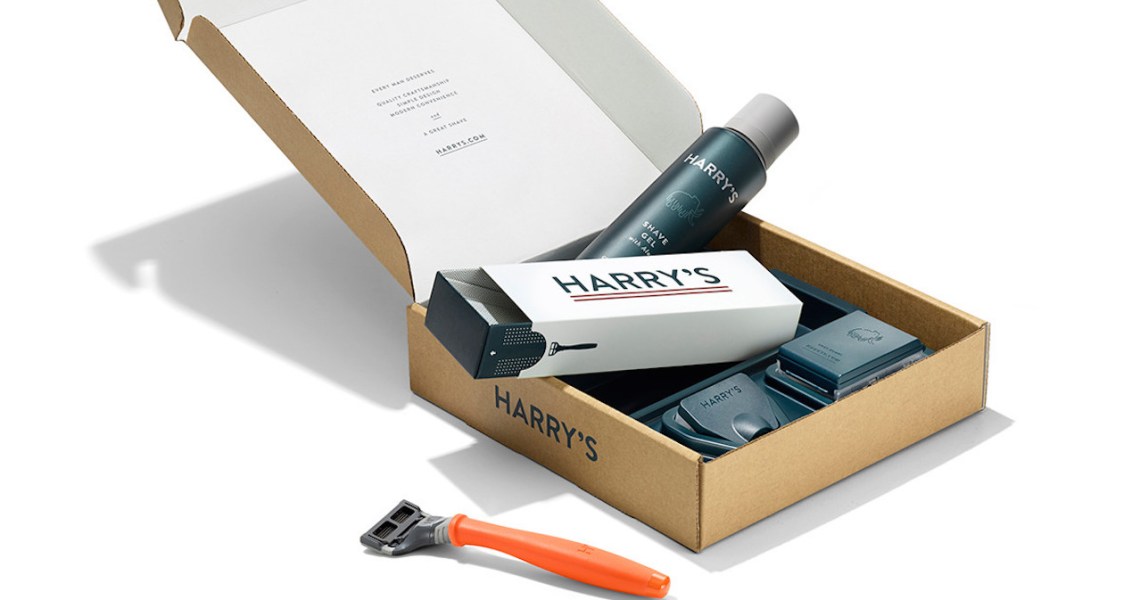On Thursday, CPG company Edgewell announced it would acquire digitally native shaving company Harry’s for $1.37 billion. This follows last week’s rumor that fellow DTC-first brand Kylie Cosmetics was also in acquisition talks. Having long relied on a traditional playbook of selling products at department stores and mass retailers, beauty and CPG conglomerates are looking to startups and indie brands for innovation tactics, whether it be in product or DTC-centric strategies.
“Beauty and personal-care mergers and acquisitions have been hot for the last five years. We expect this year to be as good, if not better, than last year,” said Steve David, Intrepid Investment Bankers’ managing director and head of beauty and personal care. “The unusual part today is that every strategic buyer [an acquirer in the same industry] is active. Part of it is a coincidence, but there’s also a change in the attitude of strategic buyers, where they are looking to indie brands as a source of product innovations.”
According to an April report from consulting firm A.T. Kearney, strategic M&As in 2019 will replace the megadeals ($30 billion or higher) of recent years. CPG M&A activity dropped from $279 billion in 2017 to $196 billion in 2018, primarily due to the absence of megadeals. Refocusing attention from larger deals that brought scale or market share and toward smaller deals allows parent companies to fill in portfolio holes.
“Strategic buyers could spend multi-millions on a new product launch or just buy a small company with a proven track record. It’s made them more active, but also lowered the bar for size acquisitions they’re willing to do,” said David.
Notably, digitally native brands are not necessarily coming to the acquisition table having reinvented the wheel of products, but they have built unique brands that are able to reach many different types of consumers. They have access to proprietary data due to the close ties they have through e-commerce and social media, as well as strong brand loyalty, product development innovation and a diversified go-to-market strategy.
Harry’s, for example, launched in 2013 and was solely direct-to-consumer before expanding to Target in 2016 and then to Walmart in 2018. It has been able to undercut legacy razor brands and force Gillette to lower its prices since April 2017. It also offers a subscription service to its products. Noticing that approximately 16% of its customer base was women, the company incubated women’s shaving brand Flamingo in October 2018.
“Beauty is a higher-margin category and attracts new consumer groups,” said Andrew Charbin, Sage Group director. “If you have a well-diversified revenue stream and a few proven hero products, that’s attractive and low risk. You can build a larger portfolio around that.”
Ad position: web_incontent_pos1
In the case of Kylie Cosmetics, Drunk Elephant and even Charlotte Tilbury, which was also rumored to be in acquisition discussions, the use of social media has propelled their growth. Kylie Cosmetics, which has 20.4 million followers on Instagram, benefits directly from Kylie Jenner’s personal accounts — she has 134 million followers on her personal Instagram, and large accounts on Twitter and Snapchat, as well. Last November, the brand launched into all Ulta doors. Drunk Elephant, which has 581,000 followers on Instagram, has been more democratic in its social media approach. It publishes twice a day, and includes a mix of testimonials of major beauty accounts and customers with under 200 followers. Aside from e-commerce, it also has an exclusive partnership with Sephora, where it has become the retailer’s fastest-growing brand.
“If you think about the life cycle of a beauty company, there aren’t barriers to entry. It’s not like building an oil pipeline,” said Charbin. “You also have a well-developed industry of private equity [and venture capital] investors who are successful at growing brands. And when it comes to an exit, there’s now a well-established universe of strategic buyers.”


